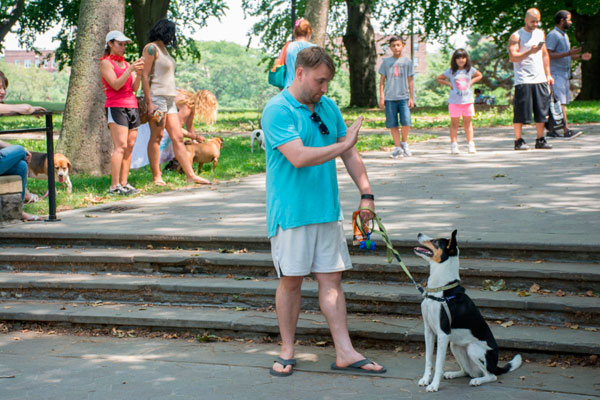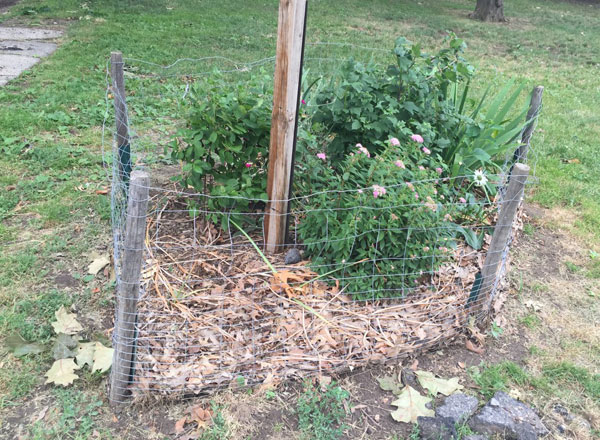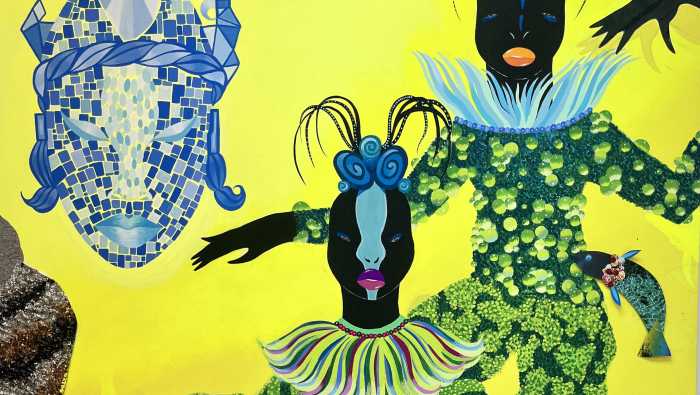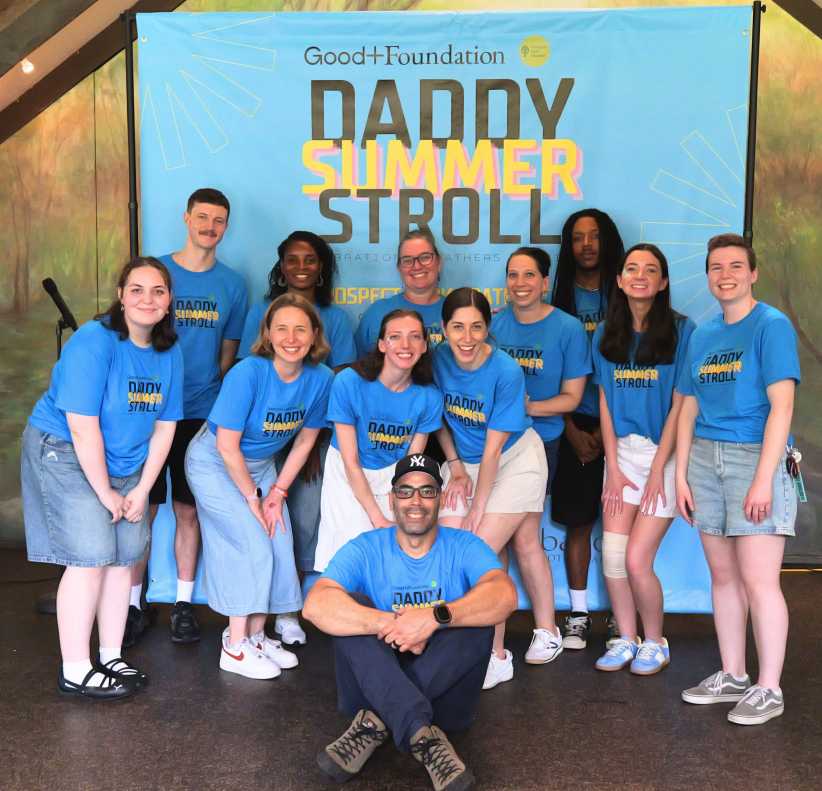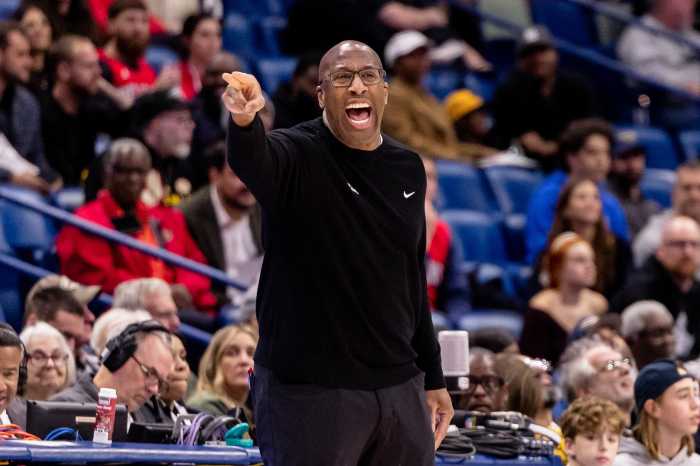Bird watching has soared in popularity during the pandemic, with pent up Brooklynites taking up the hobby en masse as a safe way to get outdoors while social distancing — leading many to discover a passion for the rich feathered wildlife around them, according to a seasoned borough birder.
“There’s this impetus to see what’s there and what haven’t I seen all along,” Dennis Hrehowsik, president of the Brooklyn Bird Club, told Brooklyn Paper. “You’re looking at all this stuff that was there this whole time under your nose and you didn’t realize it.”
The century-old organization, which does work to advance the hobby, has seen its membership roughly doubled during the past year to almost 400 birders, according to Hrehowsik.
For those interested in taking up the avian pastime, there are many great places in Brooklyn to watch them at different times of the year.
New York City offers great bird watching three seasons out of the year, with only summer being the exception, as many birds flee the city during the hotter months. Still, the upcoming spring weeks offer a prime time to spot flocks of colorful birds heading north for breeding.
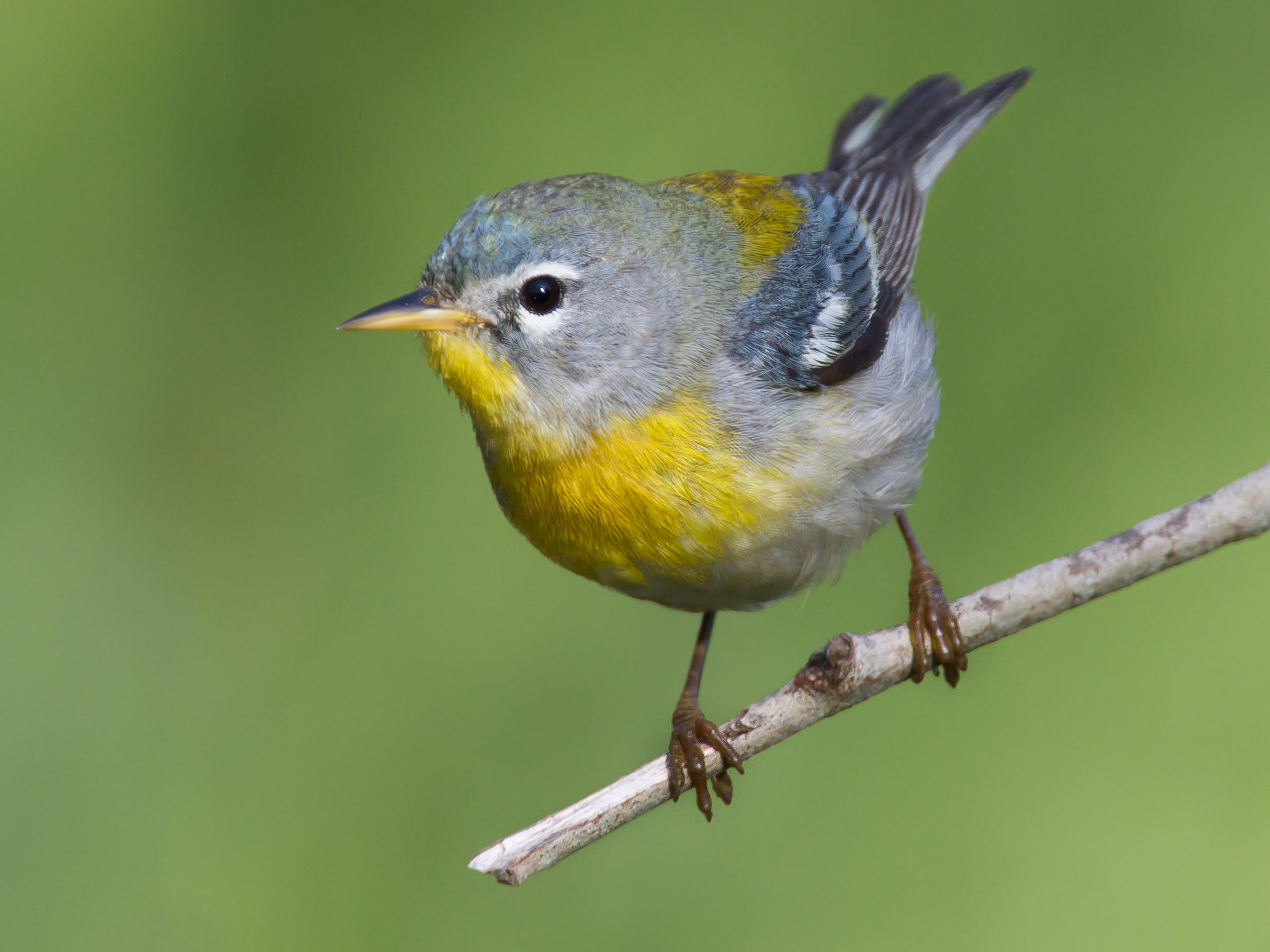
Brooklyn sits along the so-called Atlantic Flyway, a north-south migration route stretching from Greenland to the Caribbean and passing through the Eastern Seaboard.
“Even though we built this city here, this is still an important path for them,” Hrehowsik said. “This area has been a crucial area on the migration path for birds for about 40,000 years.”
The club hosts three walks a week in Prospect Park and big upcoming event on the feathered calendar is International Migratory Bird Day, which takes place on the second weekend in May, or Saturday May 8 this year, when migration in the Western Hemisphere is in full swing.
How to start?
Hrehowsik advises to start by looking for larger birds that you know and are easier to find, such as ducks and other waterfowl. As you discover unknown birds, you can look them up and expand your knowledge along the way.
“Look at big birds that are easy to see and take note of what you know and get a really good feeling for what you recognize,” he said. “And then you find something you don’t know and you look that up.”
For example, you can try to spot Ruddy Ducks, Northern Shovelers, Great Egrets, Great Blue Herons or Laughing Gulls.
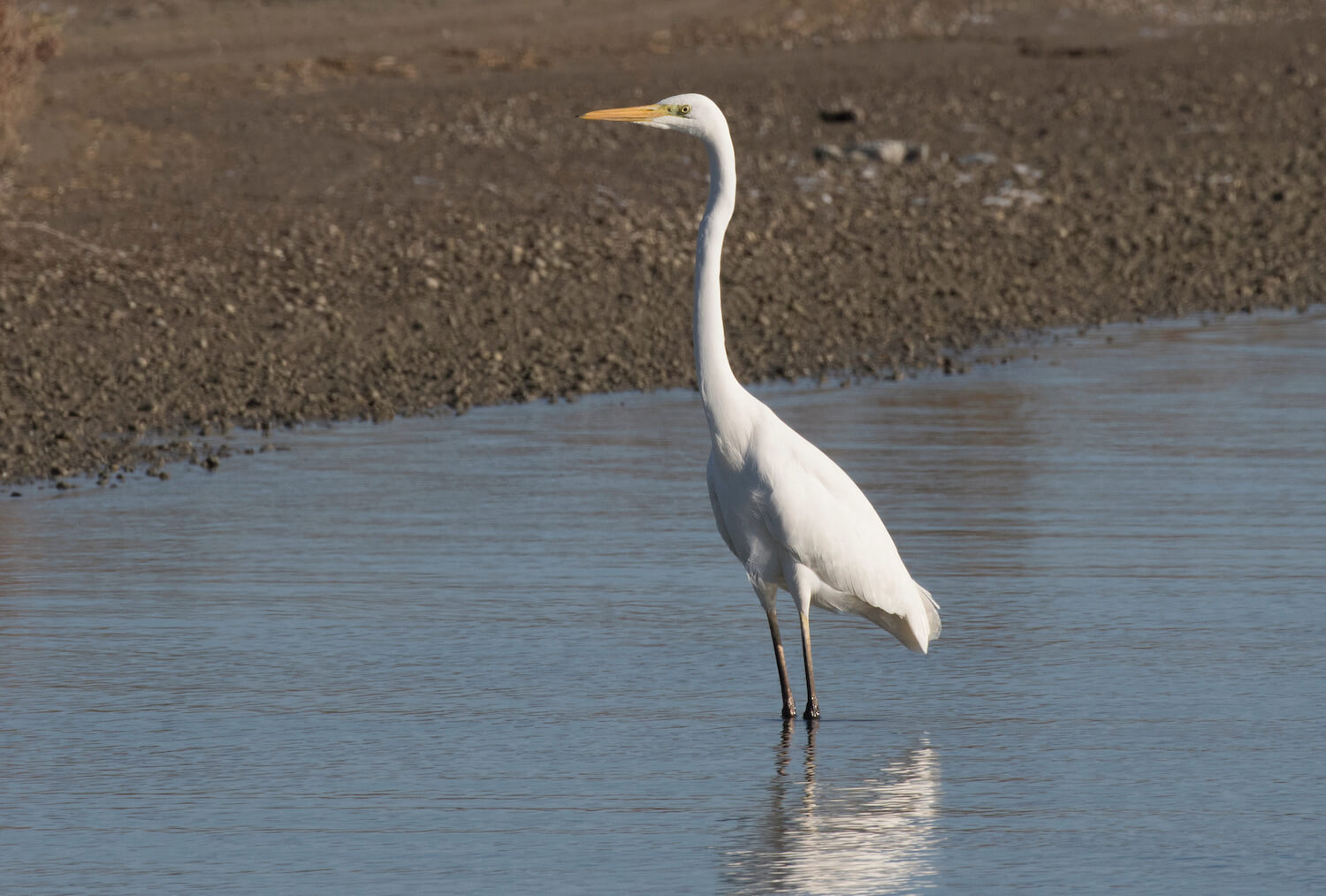
Song birds are smaller and harder to see, but there are many beautiful specimens, such as the Northern Parula, the Yellow-rumped Warbler, the Song Sparrow, the White-throated Sparrow, the Common Grackle, along with robins and cardinals.
Peak time of day for bird watching is between sunrise and about 11 am, and again around 5-5:30 pm, Hrehowsik said.
Where to go bird watching?
Because of the dense city environment, birds seek refuge in urban meadows like Prospect Park, Owl’s Head Park in Bay Ridge, or Green-Wood Cemetery. Luckily for birders, this allows the watchers to find more species in a much smaller area, compared to more rural pastures, where the animals spread out more.
“We have this effect where you can see many more species in an area of Prospect Park than for the same area in the Adirondacks,” Hrehowsik said. “You really get them all funneling through these areas.”
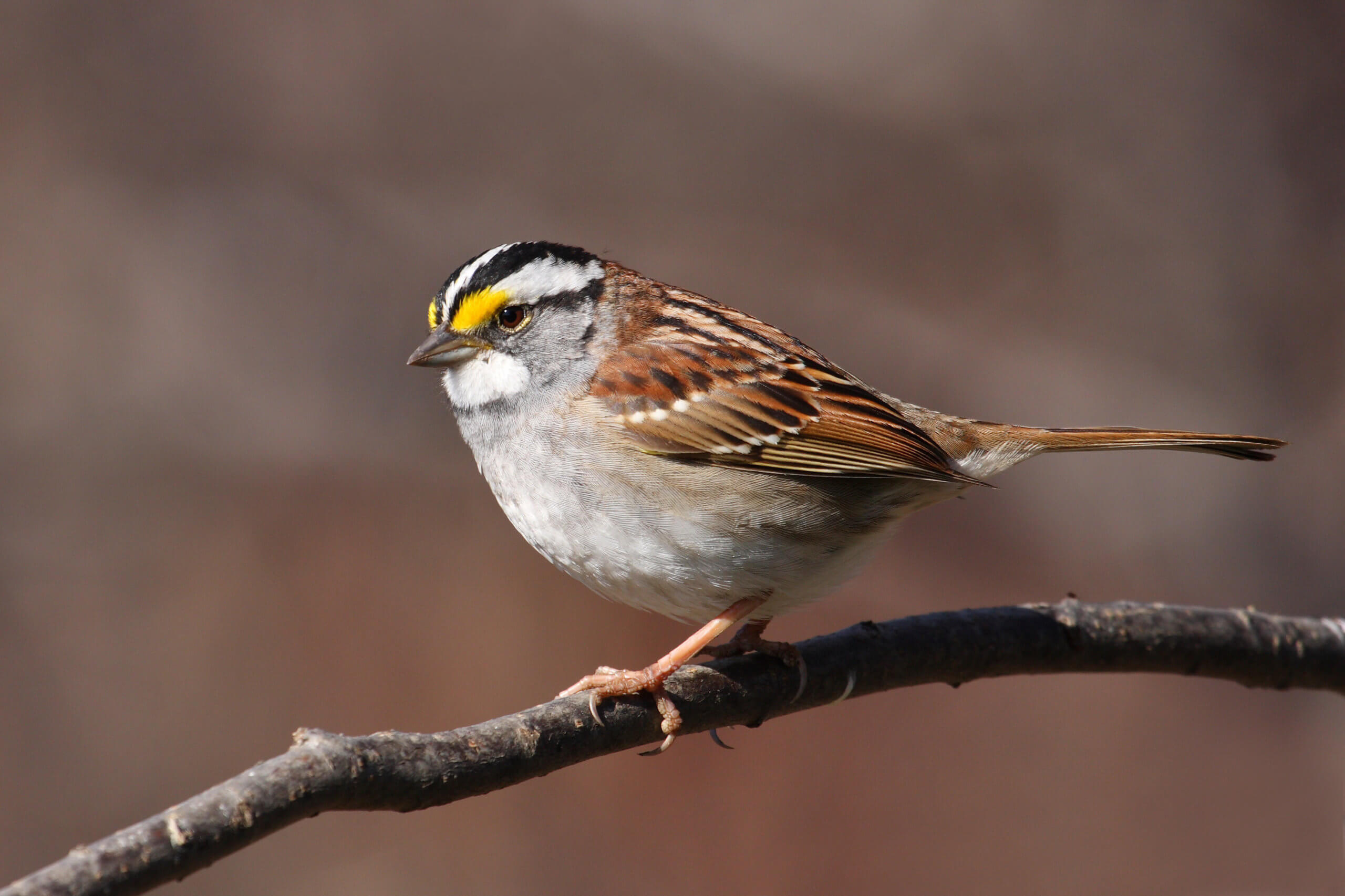
The birder recommends looking for wooded areas with understory growth, because many birds feed off of the bugs in shrubs and heaps of leaves beneath trees.
“Anywhere that looks like the woods is a really good place right now,” he said.
The Brooklyn Bird Club also has a handy map for good spots around the borough.
A walk around Prospect Park Lake which has a lot of mature trees harboring insects, brushy areas, and wet spots, is a great place to start in Brooklyn’s Back Yard. Nearby Lookout Hill also offers a great vantage point 177 feet above sea level.
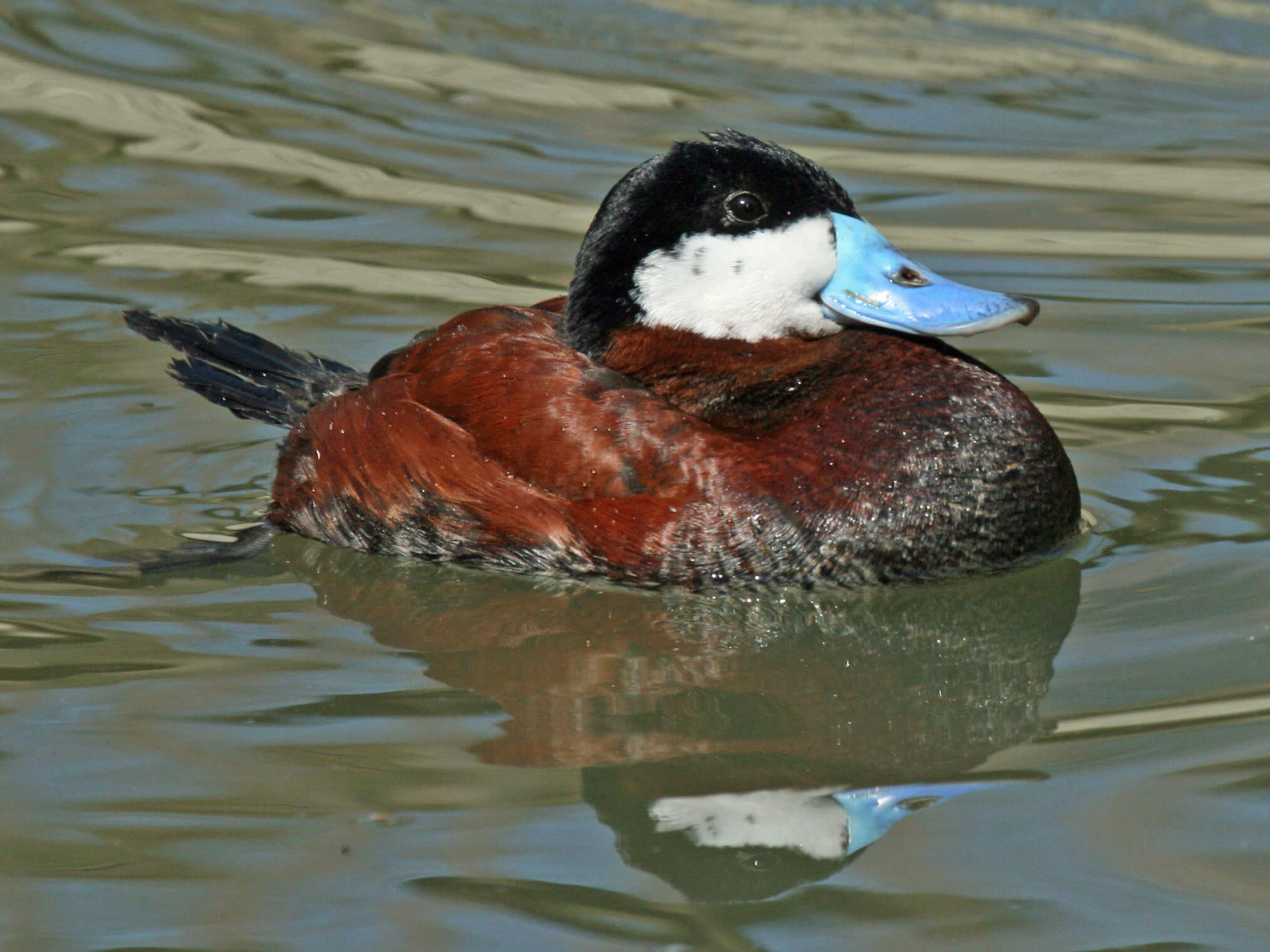
Or head to Bush Terminal in Sunset Park or Shirley Chisholm State Park in East New York. Other coastal hotspots like Jamaica Bay are busier during the fall and winter months.
The best way to start birding is to just go out and do it, if possible with a group of fellow bird watchers, so Hrehowsik.
“Birding is like learning a language, you can only learn so much from books and tapes, you have to immerse yourself,” he said.





